A Solvable Challenge
The U.S. school bus fleet is double the size of all other mass transit combined, including buses, trains and airlines. Transportation is schools’ second-highest cost category, after salaries, totaling $28 billion a year nationwide. Yet the system is riddled with inefficiencies, from circuitous routes to under-capacity vehicles to one-size-fits all schedules that force students to spend too many precious hours each week in transit, rather than on critical learning and development.
At a time when transparency and agility rule the day in other industries, busing remains opaque. Parents have no visibility into where children are at any given moment or—often—who is driving them. Bullying and other safety incidents can take months to come to light. These and other problems translate into thousands of wasted hours and unnecessary stress for students and parents.
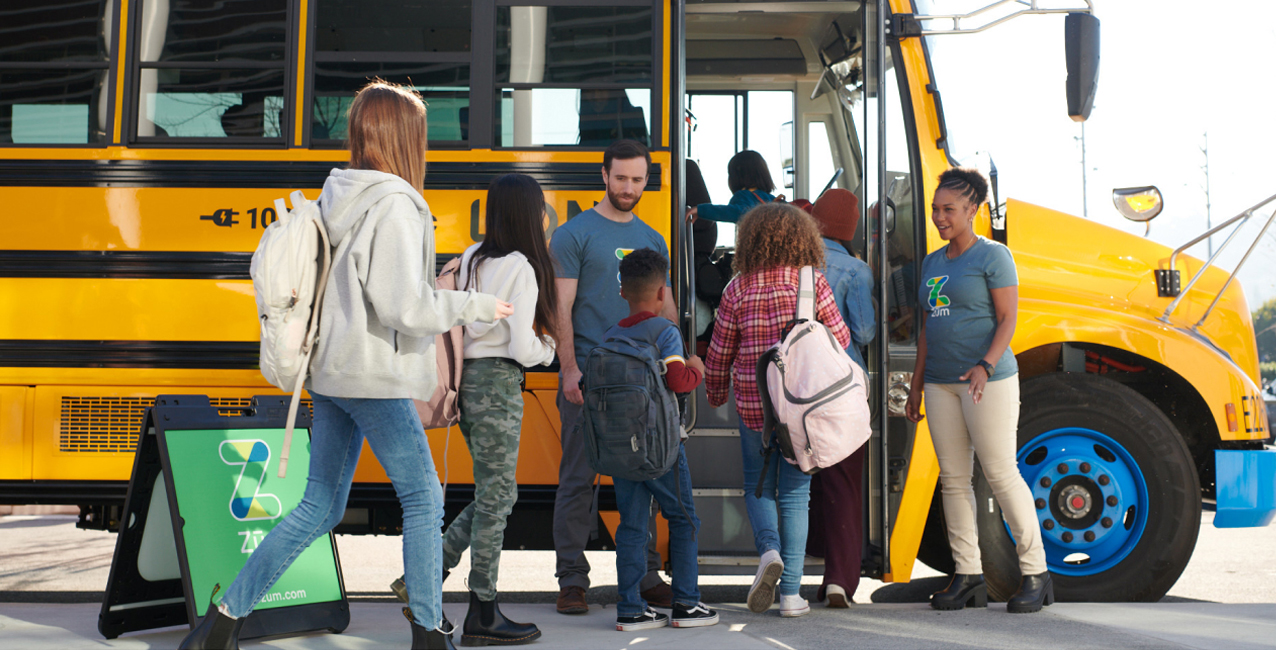
The technology currently exists to infuse our nation’s student transportation system with the flexibility, efficiency and transparency we have come to expect from all manner of other services. By modernizing student transportation, we can improve the equity, accessibility and sustainability at a societal scale. And we can do all of this while increasing safety for our children and building community among schools, families
and a trusted network of drivers.
The school bus system, as an essential component of public education in this country, was designed to extend opportunity. But too often, it falls woefully short—and can even perpetuate inequality. These days, children from low-income households and those with special needs are more likely than their peers to depend solely on yellow buses for transportation—and are therefore disproportionately impacted by the system’s shortcomings.
The school bus system, as an essential component of public education in this country, was designed to extend opportunity. But too often, it falls woefully short—and can even perpetuate inequality.
At Zum, we have already helped 4,000 U.S. schools begin this transportation transformation, we envision a world where school districts have the best available tools and technologies at their fingertips. With these, they can share infrastructure with other nearby districts, deploy appropriately sized vehicles, create efficient routes, meet families’ changing transportation needs and, in the process, save millions of dollars that can be poured back into the classroom.
We envision a world where inefficiencies and inequities embedded in the school transportation system are rectified in real time, and where bus drivers receive the support they need to prioritize safety on the road and in their vehicles.
The technology exists to do this now, to do it safely and to do it well.
Built Upon Six Key Pillars

Now’s the time to reinvent what remains the most inflexible part of the nation’s educational system: How students get to and from school. It impacts everything from the time the bell rings to the length of a student’s day to whether they are able to focus in or out of class. One recent study found that students with long commutes spend less time sleeping and exercising, suggesting “troubling public health implications for teens.”
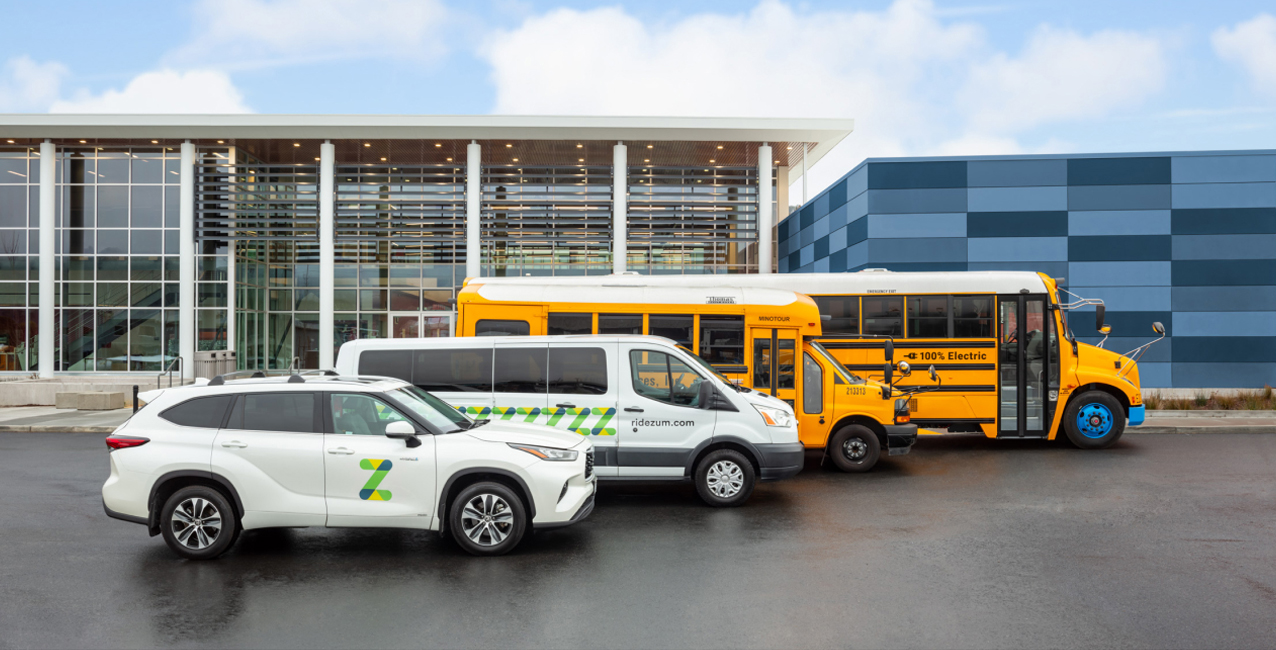
Cloud-based software and AI have transformed virtually every industry. These same tools and technologies can infuse the student transportation system with new flexibility, transparency and agility, while also offering superior safety supported by real-time visibility. Tech-enabled flexibility allows systems to respond quickly and effectively to unexpected changes.
In addition to technology advancements, reconsidering the configuration of fleets, and introducing multiple vehicle sizes, can accommodate a variety of commutes.

Education is our society’s most important tool for addressing inequity. And yet, so often our public school systems reinforce inequalities rather than reduce them. The yellow school bus was designed to extend opportunity, and throughout American history, busing has been a critical yet imperfect tool towards that end.
Poor families, children of color and children with special needs are more likely to depend on school buses for transportation. It is these families, then, that stand to gain the most if we transform how the system works. These are the students who suffer from what some have described as an “exploitation of children’s time,” as “students with large average times on buses report lower grades, poorer levels of fitness, fewer social activities and poor study habits.”
Source: Long Rides, Tough Hides Enduring Long School Bus Rides
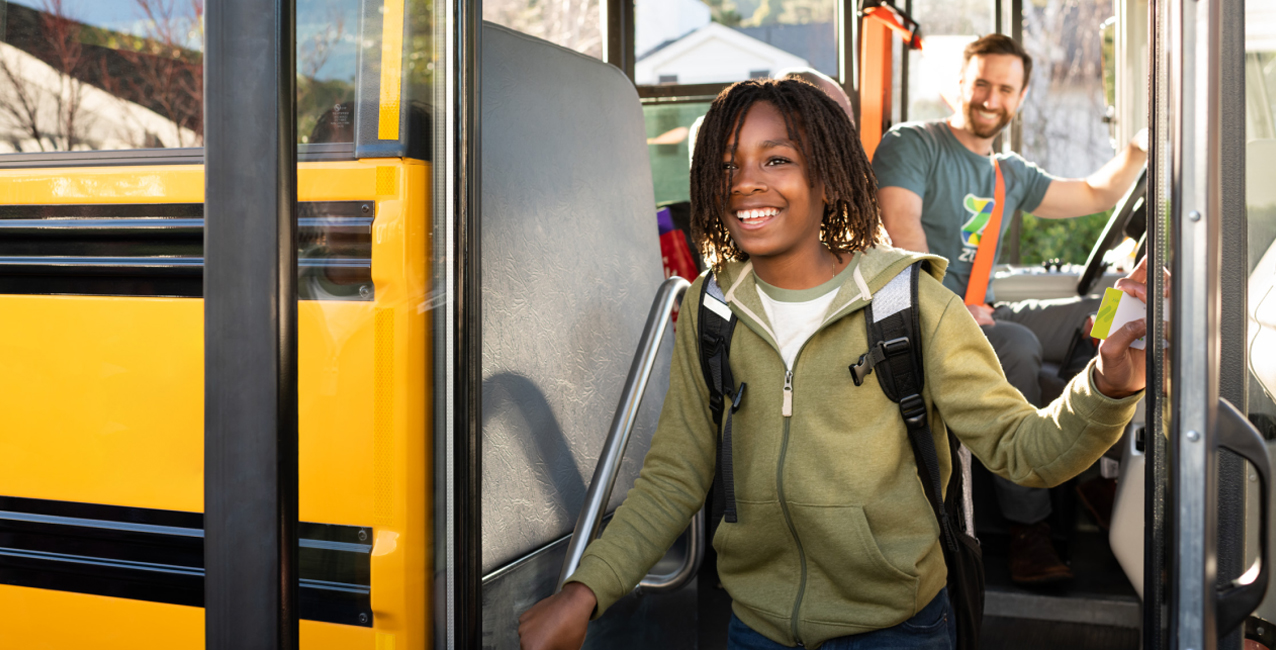
Students from low-income homes and special needs students are more likely to waste valuable hours as buses make circuitous routes. And because the current system is inflexible, these students are often denied the opportunity to participate in afterschool enrichment programs because they have no way of getting home.
We believe it’s possible to create a flexible, efficient busing system that offers an array of options, so that all students have the ability to seize these afterschool enrichment opportunities.
In addition, modernizing student transportation would allow us to provide solutions for the large swaths of students who do not qualify for busing under the current, outmoded system—whether because they live too close to school (despite the fact that it’s unsafe to walk), because they are deemed to live too far from school, or for other reasons.
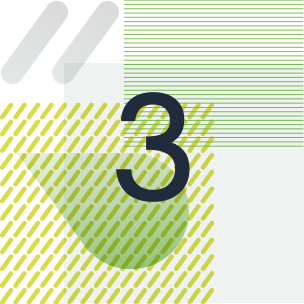
Studies have found that since the 1980s, the cost of student transportation has increased by 75 percent per student, on average. The contribution from state budgets has not kept pace, forcing many local districts to earmark a growing share of their funds for transportation. In low-income districts that are already underfunded, any savings gained through busing efficiencies can be put directly into the classroom to boost student achievement.
We can’t continue to expect that a one-size-fits-all vehicle works for every student. Reconsidering the configuration of fleets, and introducing multiple vehicle sizes, can accommodate for a variety of commutes. A route with five or six students, for example, can be served by an SUV, while one with fewer than 30 students can be served with a minibus.
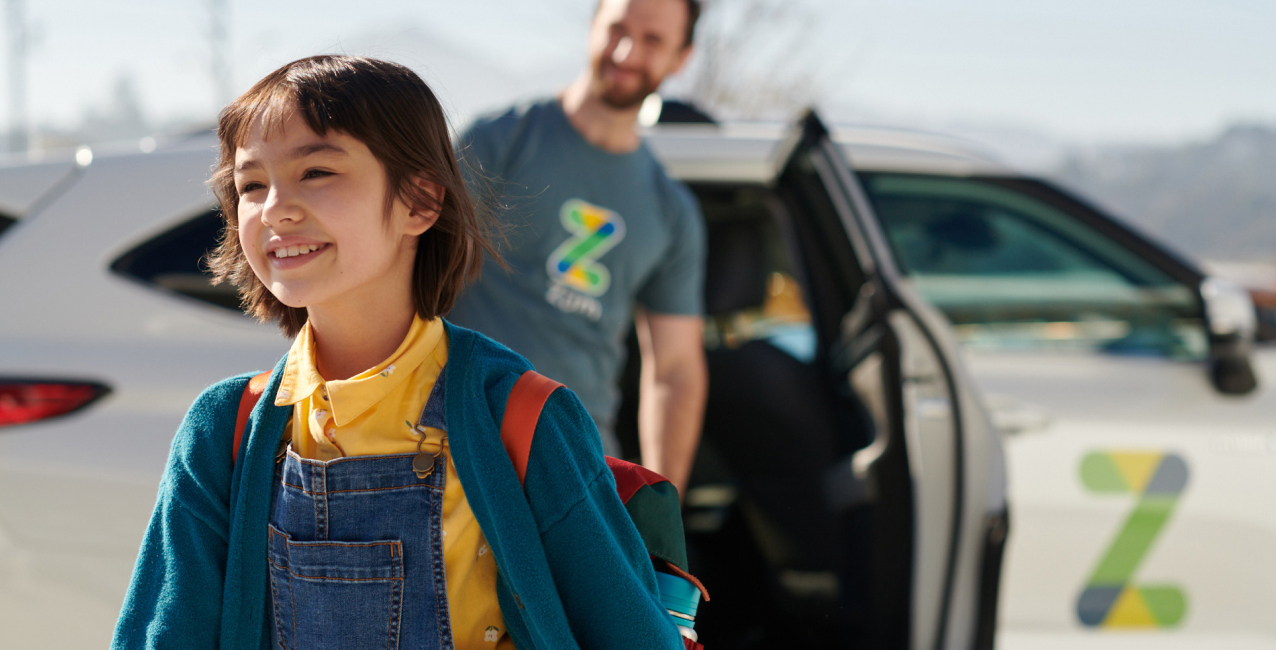
By designing efficient routes and assigning an appropriately sized vehicle to each, we can save school systems millions of dollars. It may make sense to break up certain long routes, for example, and have an SUV serve children in one neighborhood while a minibus serves another, larger group in a different part of town. We can further maximize efficiency across cities and states, by making it possible for multiple school districts located within a geographic region to share infrastructure —including vehicles, network technology and maintenance capabilities— in order to more easily manage the supply and demand of student transportation.
Managing this infrastructure centrally, rather than siloing vehicles by each school, would allow for more efficient use of resources across the community. This will also help in speeding up the rollout of electric vehicles which will require charging stations, upgraded grid infrastructure and more.
In terms of time and money saved, this would be a tremendous boon for districts, cities and counties.
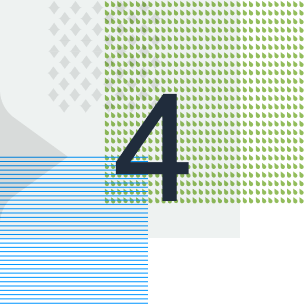
When it comes to our children, of course, safety is far and away the most important consideration. There is no amount of cost savings or operational efficiency that would make this endeavor worthwhile if safety were compromised, even in the slightest.
Perhaps the chief benefit of modernizing student transportation is that it would greatly enhance students’ safety and well-being, at the same time as it brings new efficiencies and savings.
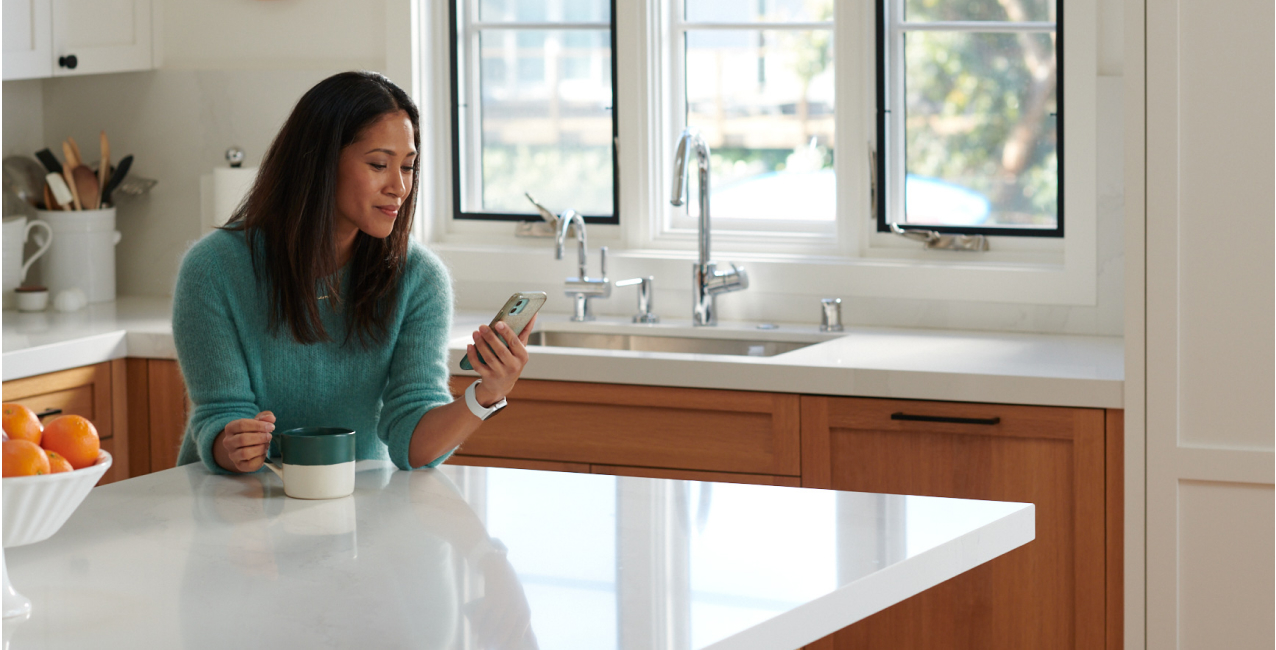
School buses, have been “precarious environments beset by drug use, bullying, fighting and sexual activity. One study found that 40 percent of bus drivers said they had received reports of bullying within the previous month.
Imagine if bus drivers could report, monitor and track safety incidents using cloud-based tools. Imagine if parents and districts had visibility into what takes place on the bus. Secure on-board cameras can provide an additional pair of eyes, where necessary and appropriate.
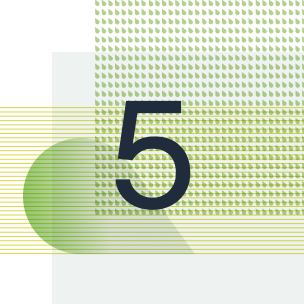
Transportation accounts for the largest share of greenhouse gas emissions in the United States. Over 90 percent of the nation’s 500,000 school buses are diesel buses, which emit notoriously noxious exhaust. More than 25 million children, and thousands of drivers, breathe this impure air on the way to and from school, which has a negative impact on health and academic performance, particularly for students with asthma and other respiratory conditions.
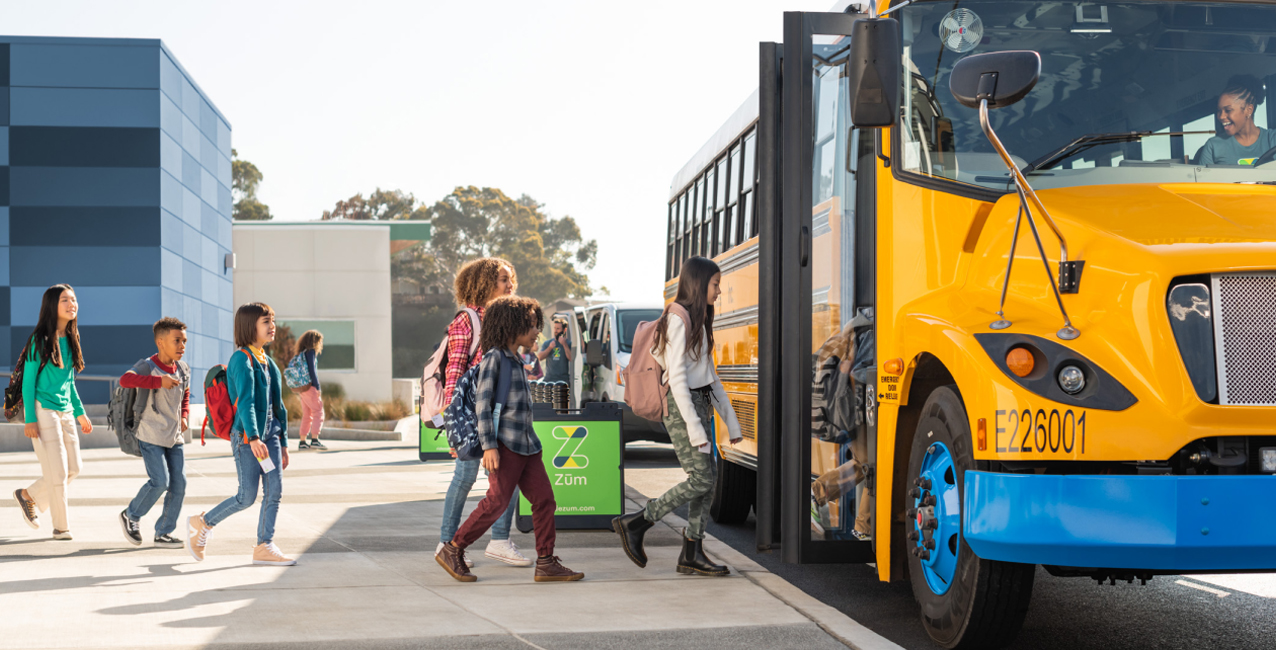
American school buses travel about four billion miles per year, with diesel buses emitting 8.4 million metric tons of greenhouse gas annually—equivalent to the annual energy use of more than one million homes. Transitioning to cleaner, greener buses can meaningfully shrink our society’s environmental footprint and create healthier communities across the U.S.
At Zum, we are already taking these steps. Additionally, we’ve chosen to offset the emissions of our entire fleet in 2021 as part of our Zum Net Zero initiative, a program rooted in creating a safer, healthier, more sustainable planet.
Longer term, we can transition toward electric vehicles. Zum, for example, has committed to having an all-electric fleet by 2027. In addition to reducing air pollution, electric vehicles reduce energy costs by 80 percent and maintenance costs by 60 percent.
Over 90 percent of the nation’s 500,000 school buses are diesel buses… More than 25 million children, and thousands of drivers, breathe this impure air on the way to and from school.
Beyond that, imagine if the nation’s fleet of school buses could serve as a battery, providing power back to the grid. School buses have predictable daily schedules and are typically used only a few hours each day, sitting idle during peak power usage times—making them an ideal resource for communities. At Zum we’ve recently partnered with AutoGrid’s Virtual Power Plant technology (VPP) platform to deploy 10,000 electric school buses in the next four years to create over one gigawatt of flexible capacity—the equivalent of powering more than one million homes for one to four hours—when the electricity grid is overloaded. When fully deployed, this is expected to be one of the largest VPPs in the world. If we collectively build on this critical infrastructure, student transportation can play an even deeper and more important role in our communities.

Student transportation shouldn’t be seen as only a school district’s problem. It should be considered a community challenge, with the potential to influence and improve the lives of parents, students, teachers and drivers.
By transitioning to electric and fuel-efficient vehicles, we can improve the air quality that all community members breathe.
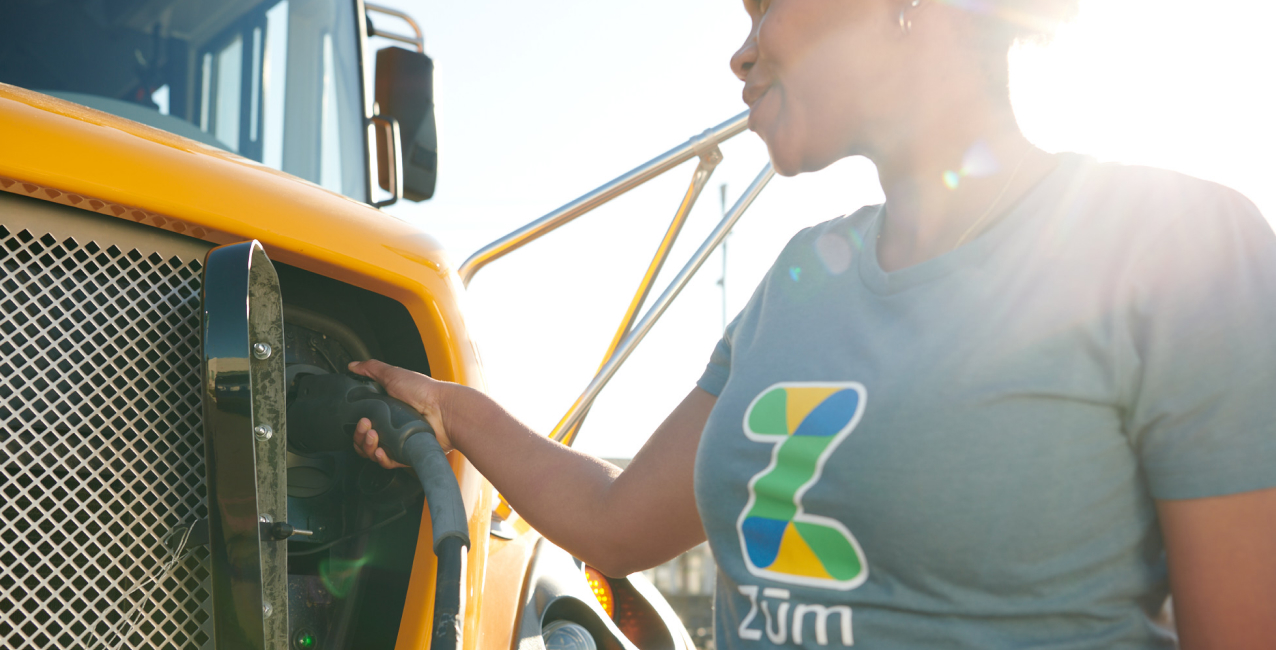
And let’s recognize and honor the critical role that school bus drivers play in our communities. Because they are caretakers who interact with students on a daily basis, we believe they should be properly trained, supported and empowered with state-of-the-art tools and technology. What if we could create an entire network of trusted, respected drivers like these and provide them with the compensation and benefits that are commensurate with the role? How much stronger and more resilient would our communities be?
Student transportation was never just about getting kids to school. From the earliest days of the yellow bus, it was fundamentally about achieving community potential. It’s time to restore that vision, and elevate it to meet our communities’ evolving 21st-century needs.
Zum’s Sustainability Commitment
VEHICLES
BY 2027
NEUTRAL
TODAY